Estimated reading time 10 minutes, 22 seconds.
For 36 years, the name “TOPGUN” has been intrinsically linked to the 1986 Hollywood blockbuster movie of the same name. Now, as the long-awaited sequel Top Gun: Maverick hits the big screen, it’s set to re-ignite a global passion for what, in reality, is a very secretive U.S. Navy training center in the heart of the Nevada desert.
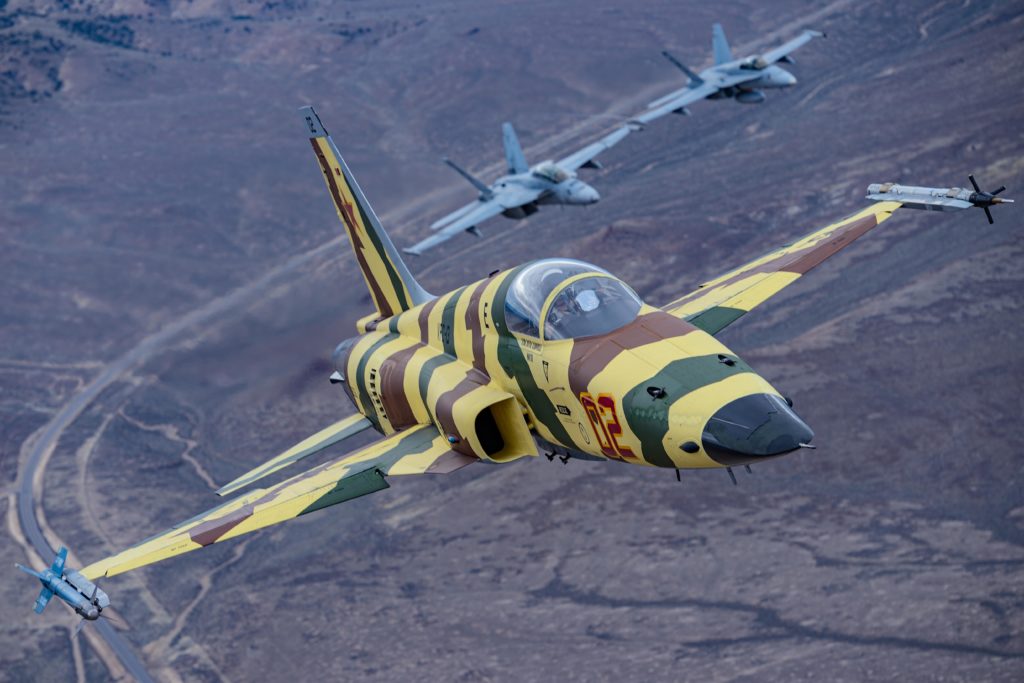
Top Gun: Maverick sees Tom Cruise reprise his role as renegade U.S. Navy pilot Pete “Maverick” Mitchell, who is now the rank of Captain. Mitchell is a Navy test pilot who has seemingly favored time in the cockpit over promotion through the ranks. Reflecting the changes in U.S. Naval Aviation’s fighter fleet over the years, the Grumman F-14 Tomcats of the original movie have been swapped for today’s Boeing Super Hornet strike fighters, but the work of TOPGUN remains the same — to train the finest aviators in the Navy.
Many movie-goers are unaware that TOPGUN is actually a real thing, albeit somewhat removed from Hollywood’s depiction of what is formally known as the Navy Fighter Weapons School. The elite instructor staff here — unofficially known as the “Bros” — discreetly go about their highly professional business at Naval Air Station (NAS) Fallon in a quiet corner of northern Nevada. TOPGUN takes fleet aviators and trains them to the highest level in the finer details of air-to-air combat. The school also adds a sprinkling of air-to-ground training. But make no mistake, TOPGUN is mainly about employing a modern strike fighter in the best possible way against the most proficient bad guys in the air.

A TOPGUN instructor in the cockpit of an F/A-18C adversary aircraft. Jamie Hunter Photo 
A light blue T-shirt and black boots identify this pilot as a TOPGUN instructor. Jamie Hunter Photo 
A TOPGUN instructor walks back to the squadron building after a morning “hop.” Jamie Hunter Photo 
Instructors walk out to the flightline from the nondescript TOPGUN building. Jamie Hunter Photo 
The famous TOPGUN patch. Jamie Hunter Photo
TOPGUN was established in 1969 at NAS Miramar, California, as a response to a report led by Capt Frank Ault, that was commissioned to investigate aerial combat in the Vietnam War. Air-to-air “kill” ratios in previous air wars saw statistics of around 12:1 in favor of U.S. fighters. In Vietnam, however, from 1965 through to late 1968, that Navy kill ratio was way down at just 3.7:1. The report found that training across the U.S. Navy was below par, and Ault recommended the establishment of a fighter weapons school.
The TOPGUN course is run as part of the Naval Aviation Warfighting Development Center (NAWDC) at Fallon. TOPGUN runs three 13-week Strike Fighter Tactics Instructor (SFTI) courses each year for students who are hand-picked from fleet squadrons. It typically involves around 15 students per class — some of whom then go back to the fleet to raise the level of instruction and standards in the respective units — while others can remain at Fallon to become TOPGUN instructors. Only TOPGUN instructors wear the trademark pale blue T-shirt under their flight suits. They also wear black flying boots instead of the usual brown that fleet naval aviators wear.
The training that is required to become an instructor here is even more rigorous than for those passing through as students. It involves a painstaking re-visit of the entire course, with instructional techniques taught and evaluated in fine detail. There’s also a heavy workload in becoming a “smee,” otherwise known as subject matter expert (SME). Instructors are each handed a particular subject to become the go-to lecturer for — and it could be radars, a particular weapon, or enemy tactics. The work-up to becoming an SME is long and complex, culminating in a rigorous presentation to the entire TOPGUN staff, known as the “Murder Board.”

The SFTI course is dedicated to maintaining standards across the U.S. Navy and is aimed at pilots, weapons systems officers (WSOs), and intelligence officers. Most students typically apply to go to TOPGUN at the end of their first fleet tour, with the staff then picking the best and most qualified applicants for the class. With the F/A-18C “Legacy” Hornet now retired from the front-line Navy fleet, F/A-18E/F Super Hornet aviators comprise the majority of students attending the course. The first TOPGUN class that included the F-35 Lightning II was run in 2020 with two F-35C pilots graduating from Class 02-20. Adding the Lightning II to the TOPGUN syllabus was seen as one of the biggest advances ever in the school’s esteemed history.
The students fly jets that are loaned to TOPGUN from their respective fleet units, while the instructors fly the school’s Super Hornets, F-16s, and a handful of “Legacy” Hornets. (The latter are planned for retirement this year.)
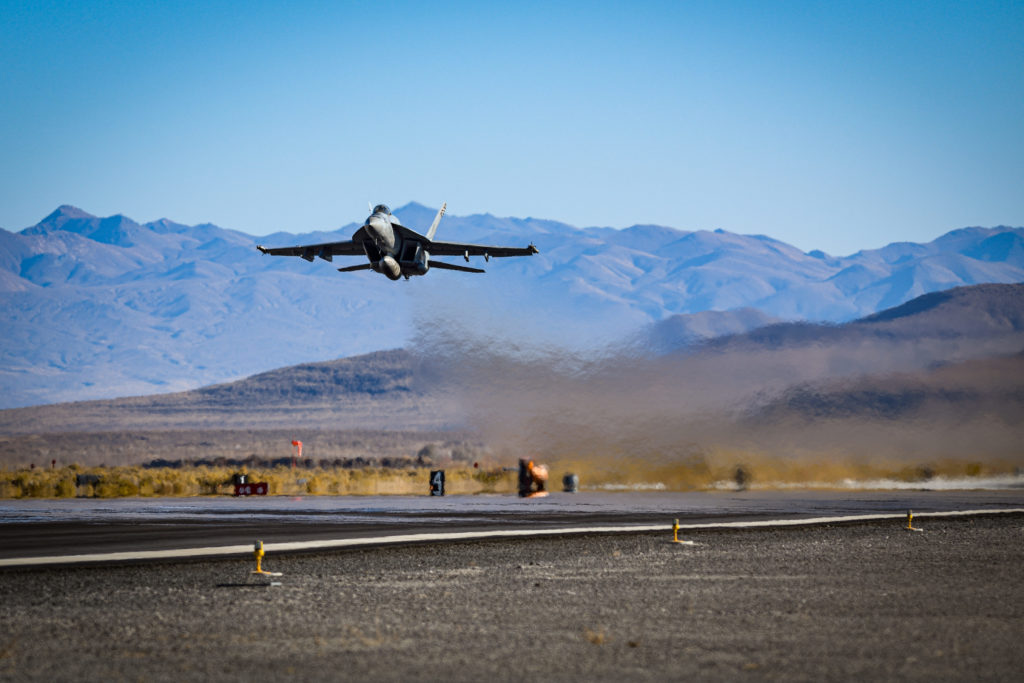
Cmdr Timothy Myers was the commander of TOPGUN until 2020. During his time in command, he commented: “TOPGUN, also known as the Navy Fighter Weapons School, was established just over 50 years ago as a response to the Ault Report. What the Ault Report found, amongst many things, was that training across the U.S. Navy was not where it needed to be, and it recommended that we establish a fighter weapons school which was dedicated to teaching individual 1-v-1 aerial combat.”
TOPGUN started out teaching individual 1-v-1 aerial combat during a four-week program. The evolution of naval fighter aviation saw TOPGUN expand to include air-to-ground elements, becoming a strike fighter course in 1995 to reflect the multi-role missions of more modern fighter aircraft. Yet, to this day, TOPGUN remains heavily weighted towards air-to-air tactical training. In summer 1996, TOPGUN moved north from its ancestral home at NAS Miramar in San Diego to NAS Fallon, where it remains today.
The course starts with 1-v-1 basic fighter maneuvers (BFM), before moving through section (two-ship) and division (four-ship) air-to-air missions, with a further section dedicated to air-to-ground tactics. All phases are conducted at Fallon, except for BFM, which involves TOPGUN sending a detachment of students and instructors to either NAS Lemoore or Marine Corps Air Station Miramar, or NAS Oceana, Virginia.
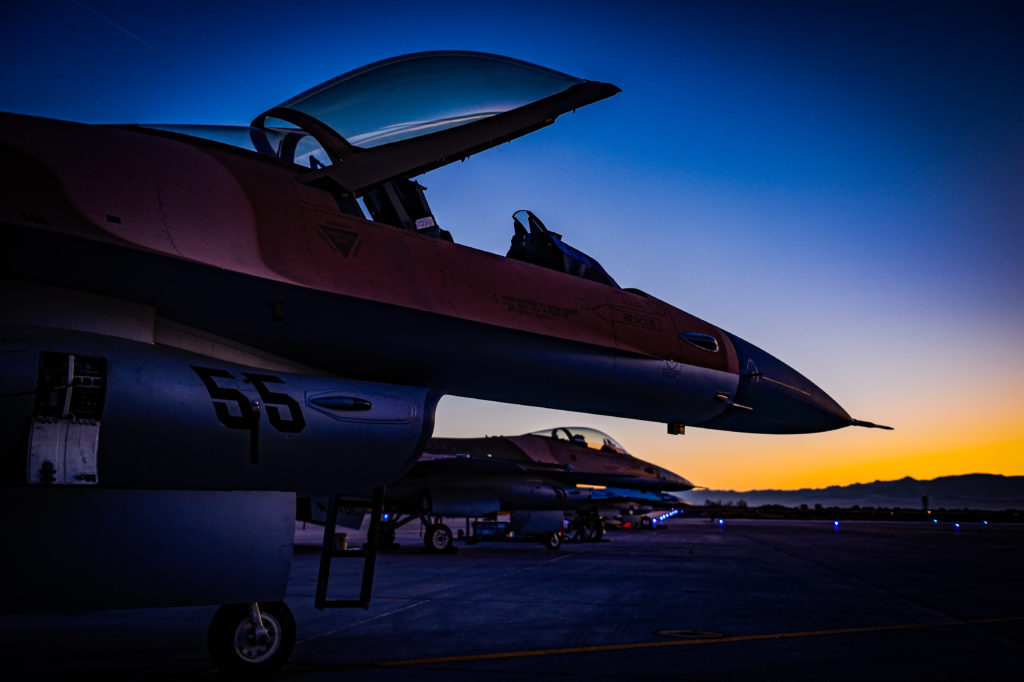
“It started out as a multiple-week course that has now expanded to be a multiple- month course,” said Myers. “It includes a lot of 1-v-1 dogfighting but also 2-v-unknown [number of adversaries] and 4-v-unknown tactics, plus air-to-ground as well.”
Unlike the movie, there is no competition between the students. This course is about living up to the extremely high standards that are set and maintaining the quiet professionalism that goes hand-in-hand with the mystique of TOPGUN. Those attending the TOPGUN course must have completed a fleet tour and be a division (four-ship) flight lead.
Every day, waves of missions pour out of Fallon and go into battles over the nearby Fallon Range Complex. TOPGUN missions consist of only flying during the daytime, which means the flying schedule is very busy during daylight hours. The first wave typically taxis out as the sun rises. Each flight is carefully scrutinized by the TOPGUN staff, ensuring that the students meet the high standards of the course. Upon graduation, they receive the coveted TOPGUN patch, which illustrates their abilities not just as a pilot, but also as a teacher who can go back to the fleet and help raise the overall standard across the U.S. Navy.
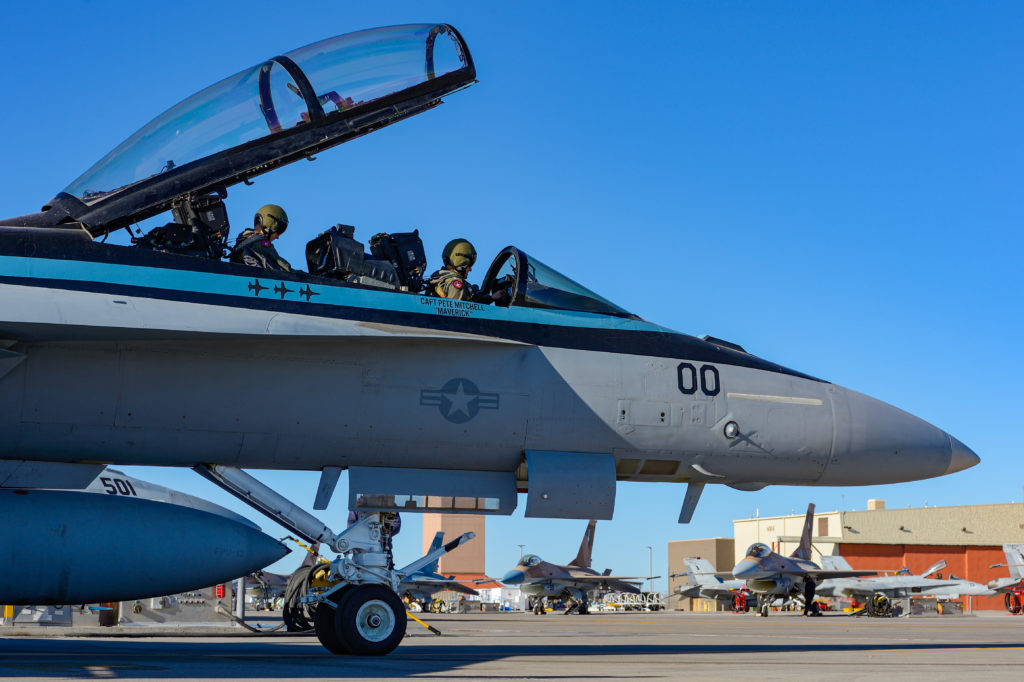
TOPGUN itself played a huge role in the production of the new movie. The two-seat F/A-18F “Movie Jet” in the images that illustrate this feature was painted in this special scheme for the film. The aircraft bears Capt Pete Mitchell’s name on the side, along with three “kill” markings. It also served as TOPGUN’s flagship, and is flown as an adversary aircraft by the TOPGUN instructors.
Perhaps the new movie will, in turn, play a role in future applicants for the real TOPGUN fighter school.
Be sure to check out our recent behind-the-scenes story on the filming of Top Gun: Maverick.

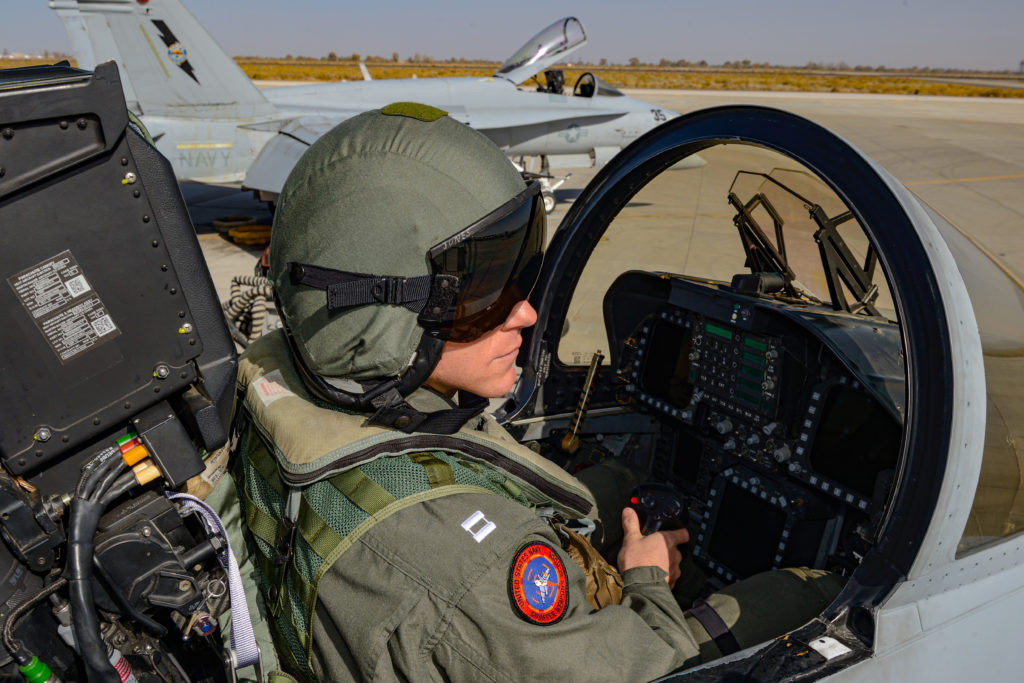
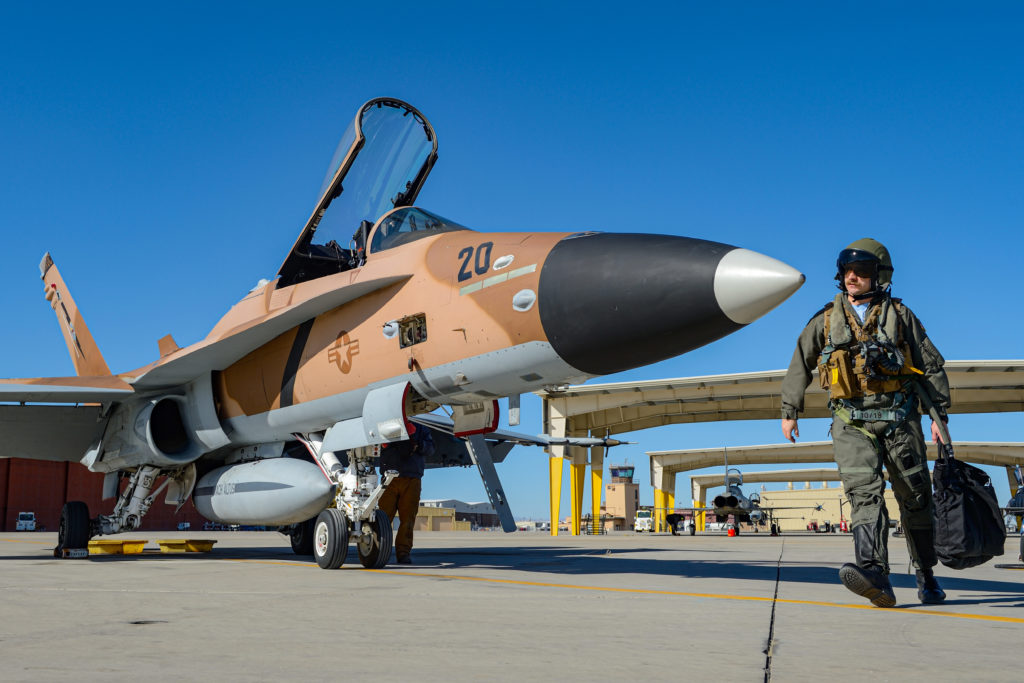


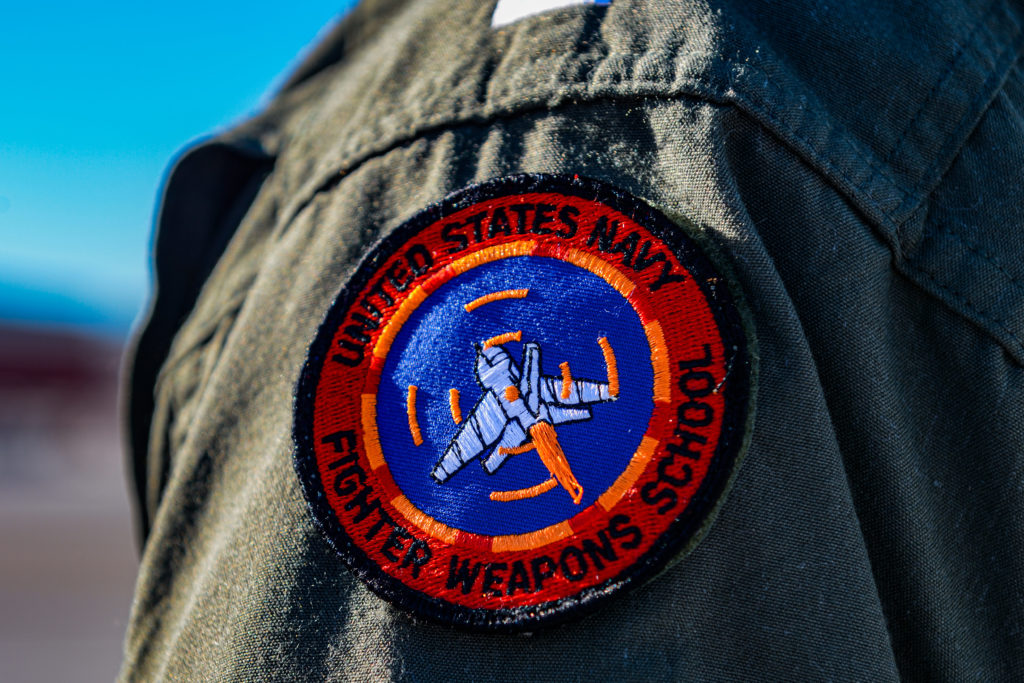

When I watched the movie TOPGUN Maverick, it made me want to be a fighter pilot, then I read this website and I really wanted to be a fighter pilot. I have dreamed of being a fighter pilot when I was a little girl. Now I can do my dream that I had for a every long time.
Thank you so very much!